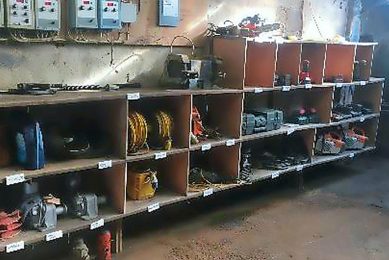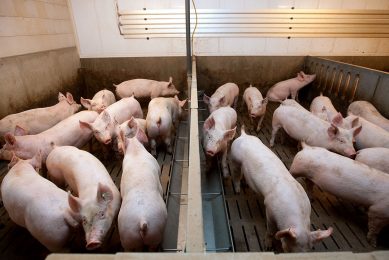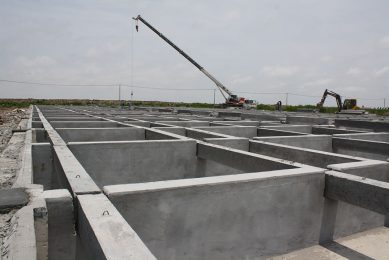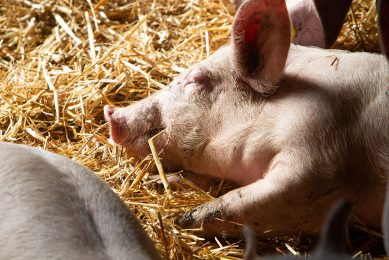Continue what you are doing – just a little bit better
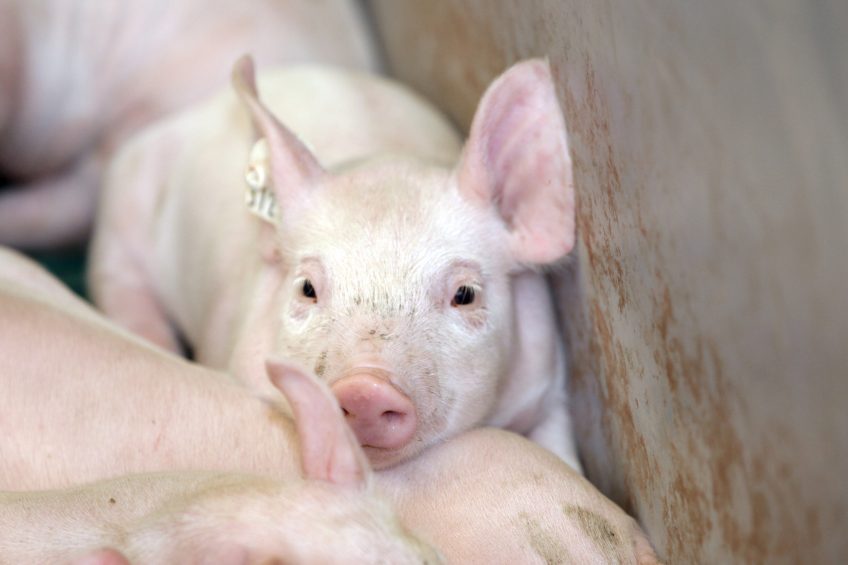
While visiting many farms over the years, John Gadd has collected enormous piles of data about pig farms. Small changes can make a big difference, as he emphasises this month.
For the past 30 years I have always recorded results from those clients I am asked to visit (a great privilege in itself) both at and after my visit. Something else I always try to remember is to ring up or email them a few months on. How are things now? Any improvement? Any snags?
For those whose clients keep good records there is another reason for this attention, apart from simple courtesy and good commercial sense. That is the ability to have a growing collection of before-and-after results, some negative as well as positive – as it is just as important to discover the negatives as the positives. At the end of each calendar year I go through these visit reports to the clients and the subsequent enquiries and now have quite a store of information which I use from time to time in my articles, talks and textbooks.
2016 – a most fruitful year for me on actual-farm information
I’ve selected 9 farms visited in 3 countries for discussion – no names, of course, just their records. Interestingly we are told that we all must reduce our costs by at least 20% to ride out the next cyclical pig-price crisis and there has been plenty of advice on how to go about it. In Table 1 I select 5 remedial suggestions on subjects which are quite commonly found across the world – even in the more sophisticated pig industries.
So for my little piece this month I cover the effect on production costs on these farms of:
- Ventilation improvement.
- Food wastage both direct and indirect.
- Reformulating feed after a detailed check on the producer`s raw materials.
- From using the pig veterinarian as he should be used.
- Ensuring the seedstock supplier’s nutritionist has an input on the dietary needs of the genetics they supply.
Benefits
Individually the benefits range from 3.1% to 12.9% reduction in production cost, but taken together they total 26%. Run your eye over the above list – can you honestly deny that all of them might – or if not, should – apply to you? If that is close to the truth then there is your 20% cost savings from real up-to-date farm conditions, and not from general articles on the subject however wise they may be, and indeed most are.
So it is worth taking a look at these real results from these 2 tables. They suggest that attention to quite small improvements plus a look at some more modern strategies certainly can pay well. At least they should make you think.



